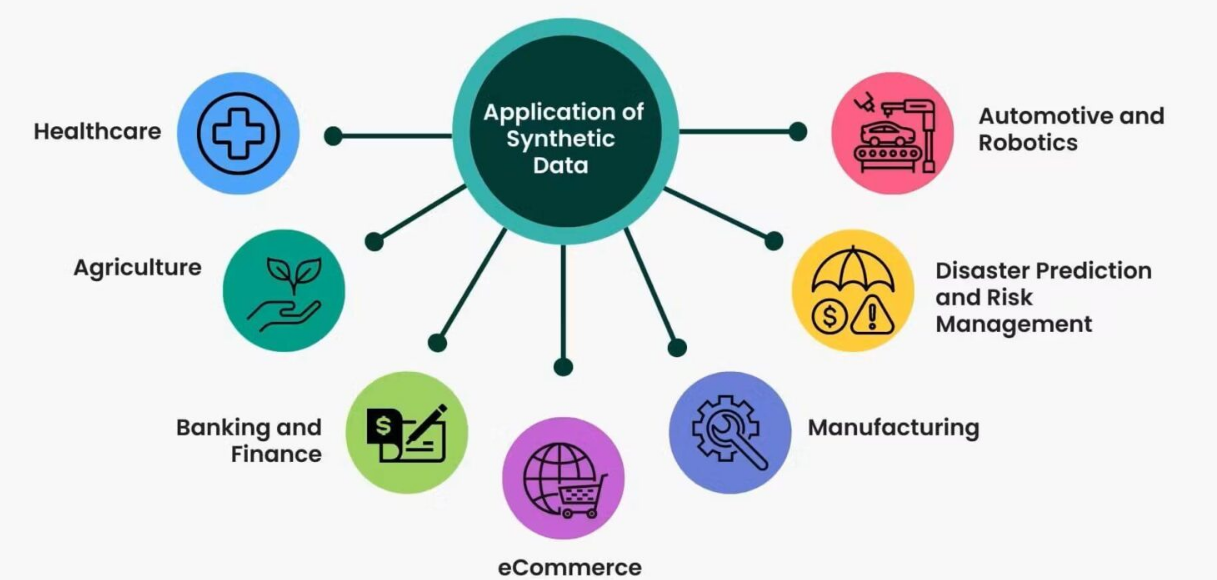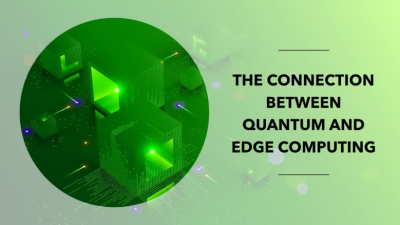Augmented reality experiences have evolved dramatically in recent years, transforming from simple overlays into intelligent systems that understand and respond to our world. Behind every AR application that recognizes objects, understands environments, or places virtual elements convincingly in physical space lies sophisticated artificial intelligence.
Yet these intelligent AR systems face a fundamental challenge: they require enormous amounts of training data to function effectively. Traditional approaches to collecting this data involve capturing and manually labeling thousands or even millions of real-world images and videos – a process that’s expensive, time-consuming, and often inadequate.
Real-world data collection introduces privacy concerns, especially when capturing environments containing people or personal information. The manual annotation process introduces human errors and biases that affect model performance. Perhaps most significantly, collecting enough diverse real-world examples to cover rare but important scenarios proves nearly impossible.
These challenges have led developers to explore an alternative approach: synthetic data generation for training AR intelligence systems.
Understanding Synthetic Data for AR
Synthetic data refers to artificially created information that mimics the characteristics of real-world data without containing actual observed events. In augmented reality contexts, this typically involves computer-generated images, videos, and 3D environments designed specifically for training AI models.
Unlike data augmentation, which modifies existing real-world data, synthetic data generation creates entirely new examples from scratch. This distinction proves crucial for AR applications, where generating novel viewpoints, lighting conditions, and object arrangements creates more robust training sets.
Modern synthetic data generation leverages 3D modeling software, game engines, procedural generation techniques, and increasingly, generative AI methods. These tools create virtual environments containing precisely annotated objects and scenarios that would be difficult or impossible to capture in sufficient quantities from the real world.
The resulting synthetic datasets come with perfect ground truth labels – every object, surface, and spatial relationship is already defined in the generation process, eliminating the need for costly manual annotation.
For more insights on implementing cutting-edge AR marketing strategies, visit our comprehensive resource hub at ARMarketingTips.com.
Benefits of Synthetic Data in AR Development
The advantages of synthetic data for AR intelligence training extend far beyond cost reduction. Perfect annotation accuracy represents perhaps the most immediate benefit. Since synthetic environments are created with complete knowledge of every element, labels for object boundaries, depth maps, surface normals, and other properties are pixel-perfect without human annotation errors.
Unlimited variation becomes possible through synthetic data generation. Developers can create infinite variations of scenes with different lighting conditions, weather, object arrangements, viewpoints, and occlusions. This diversity helps create more robust AR models that perform well across different real-world scenarios.
Edge case generation addresses one of the most challenging aspects of AI training. Rare but important scenarios – such as unusual lighting conditions or object interactions that rarely occur naturally – can be deliberately created in synthetic environments, ensuring AR systems handle these situations gracefully when encountered.
Privacy compliance improves dramatically with synthetic data. Since no real people or private environments are captured, privacy concerns and compliance issues around data collection diminish substantially. This advantage becomes particularly important for AR applications designed for use in sensitive environments like homes and workplaces.
Development acceleration occurs through faster iteration cycles. When developers identify performance issues in AR models, they can quickly generate additional synthetic data targeting those specific weaknesses rather than organizing new real-world data collection efforts.
Synthetic Data Generation Methods
Several approaches to synthetic data generation have proven valuable for AR intelligence training. Physics-based rendering creates photorealistic synthetic images by simulating how light interacts with materials and objects. These techniques produce remarkably realistic training images with precise control over every aspect of the scene.
Game engine pipelines leverage tools like Unreal Engine and Unity to create interactive, physics-aware environments for synthetic data generation. These platforms support realistic lighting, materials, physics, and camera behavior while providing robust development environments for creating varied scenarios.
Procedural generation algorithms automatically create diverse environments and objects following specified parameters and rules. Rather than manually placing every object, developers define distributions and relationships that generate thousands of unique but realistic variations automatically.
Domain randomization deliberately varies non-essential aspects of synthetic environments beyond levels of realism. By exposing AI models to wildly different textures, lighting, and object appearances during training, this approach helps models focus on fundamental features rather than surface details, improving real-world performance.
Generative adversarial networks (GANs) and other AI-based approaches create synthetic data that increasingly blurs the line between real and artificial. These techniques can generate novel images and variations that preserve the statistical properties of real data while offering unlimited scalability.
Addressing the Reality Gap
Despite its benefits, synthetic data introduces a fundamental challenge known as the “reality gap” or “sim-to-real problem.” Models trained exclusively on synthetic data often perform poorly in real-world settings due to subtle differences between synthetic and real environments.
Domain adaptation techniques help bridge this gap by teaching models to extract domain-invariant features that work across both synthetic and real data. These approaches help models focus on fundamental aspects of scenes rather than surface characteristics that differ between synthetic and real examples.
Transfer learning leverages models pretrained on synthetic data before fine-tuning on smaller real-world datasets. This approach combines the scale advantages of synthetic data with the authenticity of real examples, creating more robust AR intelligence systems.
Mixed training strategies blend synthetic and real data during the training process. Even relatively small amounts of real-world data can significantly improve model performance when combined with larger synthetic datasets, providing a practical compromise between data quality and quantity.
Reality augmentation techniques modify synthetic data to more closely match real-world characteristics. By applying transformations that mimic sensor noise, lighting inconsistencies, and other real-world imperfections, developers can create more realistic synthetic training examples.
Progressive synthesis refinement involves iteratively improving synthetic data generation based on model performance on real-world examples. This feedback loop helps synthetic data evolve to address specific weaknesses identified during testing.
Real-World Applications
Synthetic data for AR intelligence has transformed numerous application areas. Object recognition systems trained on synthetic data recognize products, landmarks, and everyday objects more reliably across different viewpoints and lighting conditions. These capabilities power AR shopping, navigation, and information retrieval applications.
Scene understanding enables AR applications to recognize room layouts, furniture arrangements, and available surfaces without extensive real-world training data. This capability proves essential for realistic object placement and interaction in AR experiences.
Body tracking models trained on synthetic human movement data power AR fitness applications, virtual try-on experiences, and avatar animations. Synthetic data with perfect skeletal tracking annotations eliminates the privacy concerns associated with capturing real human movement data.
Environment mapping benefits from synthetic training data that teaches AR systems to create accurate spatial maps from limited visual information. These capabilities enable more stable AR element placement and improved occlusion handling.
Lighting estimation models trained on synthetic data help AR elements adapt to ambient lighting conditions, casting appropriate shadows and reflecting environmental light. These subtle effects dramatically improve the integration of virtual and physical elements.
Implementation Strategies
Organizations implementing synthetic data for AR intelligence should consider several proven approaches. Starting with hybrid datasets that combine synthetic and real data often provides the best performance across different applications. This approach leverages the strengths of both data types while mitigating their respective weaknesses.
Targeted synthetic generation addresses specific weaknesses identified during testing. Rather than generating generic synthetic data, focusing on creating examples that target identified performance gaps yields better results with less data.
Validation with real-world testing remains essential regardless of synthetic data quality. Regular evaluation using diverse real-world scenarios helps identify areas where synthetic training may be falling short, guiding further refinement.
Photorealism investment typically yields diminishing returns beyond certain thresholds. Often, greater diversity and quantity of moderately realistic synthetic data outperforms smaller amounts of perfectly photorealistic data. Finding the right balance between realism and scalability maximizes development efficiency.
Data generation pipelines that automate the creation, annotation, and validation of synthetic data enable continuous improvement of AR intelligence systems. These pipelines should evolve alongside the AR applications they support, incorporating feedback from real-world performance.
Future Directions
As synthetic data techniques continue evolving, several trends are shaping the future of AR intelligence training. Physics-informed neural networks are combining traditional physics simulations with deep learning approaches, creating synthetic data that better represents complex physical interactions essential for convincing AR experiences.
Multi-modal synthetic data generation is expanding beyond visual information to include synthetic audio, haptic feedback, and other sensory inputs. This holistic approach helps train more complete AR systems that engage multiple senses.
Collaborative synthetic ecosystems allow organizations to share synthetic data generation tools and techniques while maintaining privacy and competitive advantages. These collaborations help establish best practices and standards for synthetic data in AR applications.
Personalized synthetic data creates training examples that match specific deployment environments and user characteristics. This targeted approach helps AR applications adapt more quickly to individual users and settings.
Real-time synthetic adaptation dynamically generates training examples based on ongoing user interactions, continuously improving AR intelligence during actual use rather than solely during initial development.
Getting Started with Synthetic Data for AR
Organizations looking to leverage synthetic data for AR intelligence can begin with several practical steps. Analyzing data requirements should come first, identifying exactly what kinds of data are needed and which aspects of the AR experience could benefit most from synthetic training examples.
Exploring existing tools like Unity’s Perception package, Unreal Engine’s synthetic data tools, or NVIDIA’s Omniverse platform provides accessible starting points without requiring extensive development of custom synthetic data pipelines.
Starting with simple synthetic elements before attempting fully synthetic environments helps teams build expertise gradually. Even basic synthetic data augmentation can improve AR model performance while the team develops more sophisticated generation capabilities.
Measuring impact through systematic comparison of models trained with and without synthetic data helps quantify benefits and identify areas for improvement. These measurements should focus on real-world performance metrics rather than just training accuracy.
Building internal expertise in both synthetic data generation and AR intelligence creates long-term competitive advantages. As these technologies continue evolving, organizations with deep understanding of both areas will develop more effective and innovative AR experiences.
Conclusion
Synthetic data generation represents a transformative approach to training AR intelligence systems, addressing fundamental limitations of traditional data collection and annotation methods. By creating unlimited, perfectly labeled training examples without privacy concerns, synthetic data enables more capable, reliable, and responsive augmented reality experiences.
The challenges of bridging the reality gap remain significant but increasingly solvable through hybrid approaches and advanced simulation techniques. As synthetic data generation methods continue advancing, we can expect AR applications to become more intelligent, contextually aware, and seamlessly integrated with our physical world.
Organizations that master synthetic data generation for AR intelligence will gain significant competitive advantages through faster development cycles, more robust performance, and the ability to create experiences that would be impossible to train using conventional methods. In a field where data quality and quantity often determine success, synthetic generation offers a path to nearly unlimited training resources.





